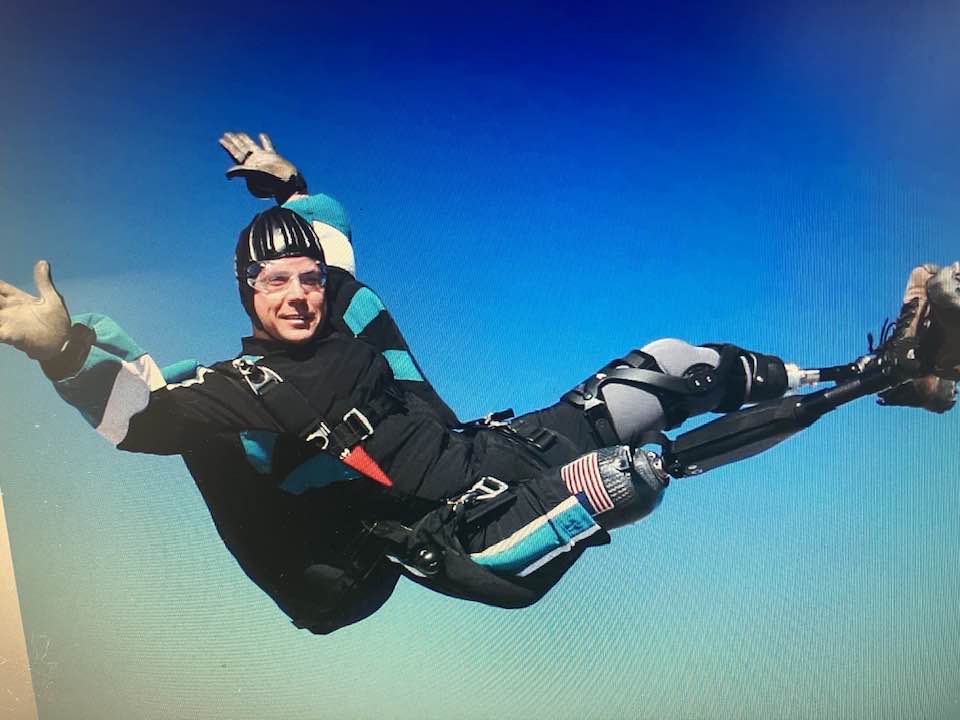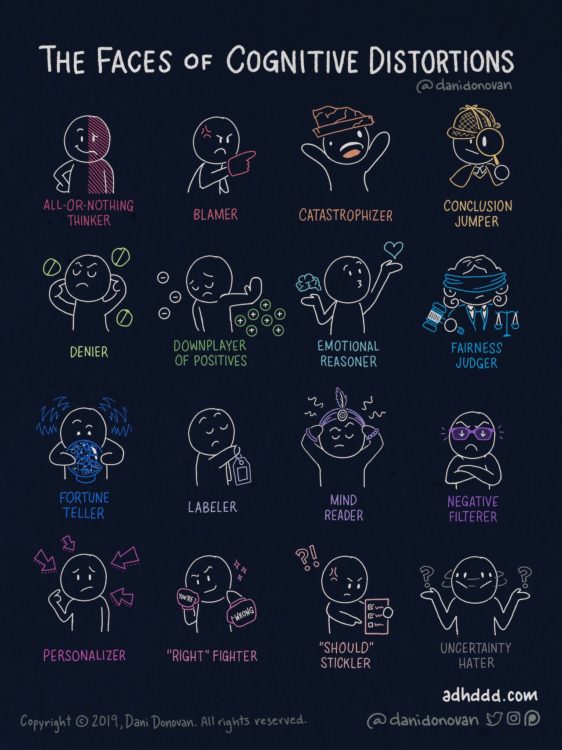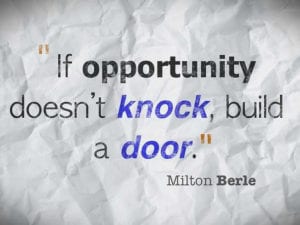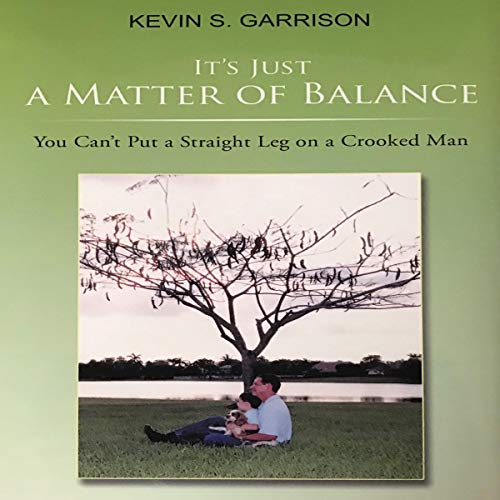
Psychological and emotional reaction to amputation is often ignored. Identifying its absence gives credence to its essential need. Psychological and emotional recovery can be divided into three major areas. While the stump is healing it is time to counteract the loss of muscle strength. There is a reduction in functioning while the stump takes on its new role and heals.
Second, there are profound changes in sensation. Pain reaches a new level as physical rehabilitation begins. Finally, the change in body image takes a long time to be accepted. The predominant experience of the amputee is one of loss. What starts as the apparent limb loss becomes a loss of function, self-image, and career, and puts more strain on relationships.
An amputation impacts the whole of an individual. Physical functional loss starts immediately. An amputation can make you feel less than complete emotionally. Your limb loss prevents you from doing your favorite things. Achieving your dreams becomes hard or even impossible. The trauma of missing a limb brings on your mortality as you fear death.
Although rehabilitation may bring back some of your functioning, it is a slow, agonizing process filled with sadness, despair, and hopelessness if the loss is turned inward. Expressed outwardly, functional loss flares up as anger. Amputation and the loss of functioning mean facing major recovery work before you learn to drive, dress, and carry on the tasks of daily living. The stress psychologically is overwhelming.
Psychological and emotional reaction to amputation is sabotaged by phantom pain. Phantom amputation pain occurs in seventy percent of amputees, often arising weeks or months after a limb has been removed. There are several pain types. Residual limb pain is a pain in the stump. Phantom limb pain comes from the missing limb. Phantom limb sensation is the perception of movement coming from the missing body part.
The pain is often described as aching, throbbing, shooting, cramping, or burning. Non-painful sensations may include feelings of numbness, itching, twisting, pressure, or even the perception of involuntary muscle movements in the residual limb at the amputation site. Phantom limb pain is the most debilitating, emotionally stressful, and psychologically destructive of amputation sensations.
Changes in Body Image After an Amputation
Peggy Chenoweth writes of her experience in “How I Made It Through the Poor Body Image” Cyclone“ After Limb Amputation:” “One of my strongest memories after my amputation was the first time I stood in front of a mirror. With my newly formed limb still wrapped in gauze, I will never forget the shock I felt when I saw my “incomplete” body. I sat down in the wheelchair and wept. It is a horrible feeling when you feel repulsed by your own reflection.” There are many younger amputees who usually have limb loss due to traumatic injuries. Reduction in mobility and increased anxiety contribute to a lack of acceptance about how they look. Body image disruption breeds anxiety and depression.
Resolving Psychological and Emotional Reaction to Amputation
Amputees must resolve psychological and emotional reactions to amputation. This is a natural process like grief. It is equivalent to losing a significant other. Experts encourage amputees and their loved ones to learn about the grieving process. Understanding the emotional process of letting go can make the strong feelings of loss less alarming. It’s important to understand that loss, like grief, can be a long-term process but not a mental illness. For example, losing a limb is a permanent change. You may get used to the new way your body works, but you may always miss your amputated limb. Talking about your grief with other amputees or an amputee coach can help you get through the grieving process to resolution.




